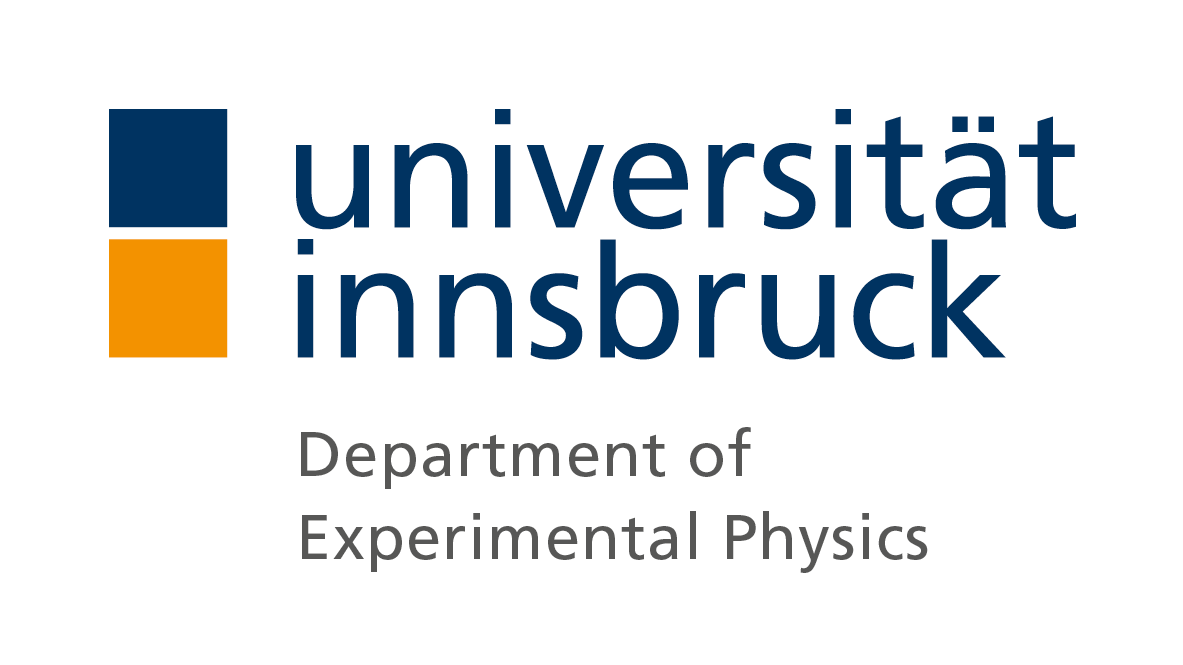Realization of the Cirac–Zoller controlled-NOT quantum gate
Inside a computer, data are stored as bits which take the value 0 or 1. Electronic transistors process the chosen program and the user's input by interconnecing these bits until they get the desired result of the task. Like today's ordinary computer, a future quantum computing machine will carry out computational tasks. Some problems, however, can be solved much more efficiently on a quantum computer than on an ordinary classical maschine. In a quantum computer, the information is stored in qubits (quantum bits of information) which can take values of 0 and 1 like their classical couterparts, but also any coherent superposition of 0 and 1. Quantum circuits, which consist of logic operations between the qubits, replace the electric circuits of a classical computer.
Now a new experiment in Innsbruck shows that trapped ions, manipulated by well-tailored laser pulses, may serve as a central processor for a future quantum computer. The information is stored in the quantum states of single atoms.
The story dates back to 1995, when theorists I. Cirac and P. Zoller from Innsbruck proposed to implement a quantum computer on a string of trapped ions. In this scheme, each ion's electronic state represents a qubit, and a quantum gate between any pair of ions is realised by coupling them through their collective motion. A major experimental step towards a Cirac-Zoller type computer has now been realized by implementing the controlled-NOT (CNOT) gate operation between two individual ions. The CNOT quantum logical gate corresponds to the XOR gate operation of classical logic which flips the state of a target bit conditioned on the state of a control bit.
Perhaps the strangest and most puzzling features of the quantum world are the notions of a superposition (a single qubit is in "both" states, 0 and 1) and of entanglement, which was introduced by the Austrian Nobel prize laureate Erwin Schrödinger about 75 years ago. The CNOT gate operation can be used to entangle two atoms: while we do not have any certainty about the individual properties of either qubit (i.e. whether it is in 0 or 1), we know with certainty about their correlations. Thus, if one qubit is 0, the other is also in 0. This "nonlocal" property of quantum mechanics can now be studied more deeply in the new experiment.
For details of the experiment, please see the Slide-presentation of results in English, pdf format, Download
"Realization of the Cirac–Zoller controlled-NOT quantum gate", F. Schmidt-Kaler, H. Häffner, M. Riebe, S. Gulde, G. P. T. Lancaster, T. Deuschle, C. Becher, C. F. Roos, J. Eschner & R. Blatt, Nature 422, 408-411 (2003). Download
We are financially supported by Universität Innsbruck, the Austrian research fund (FWF) within the program "Control and Measurement of Coherent Quantum Systems", the European networks QGATES and CONQUEST, IQI, ARO and the Austrian academy of sciences.


